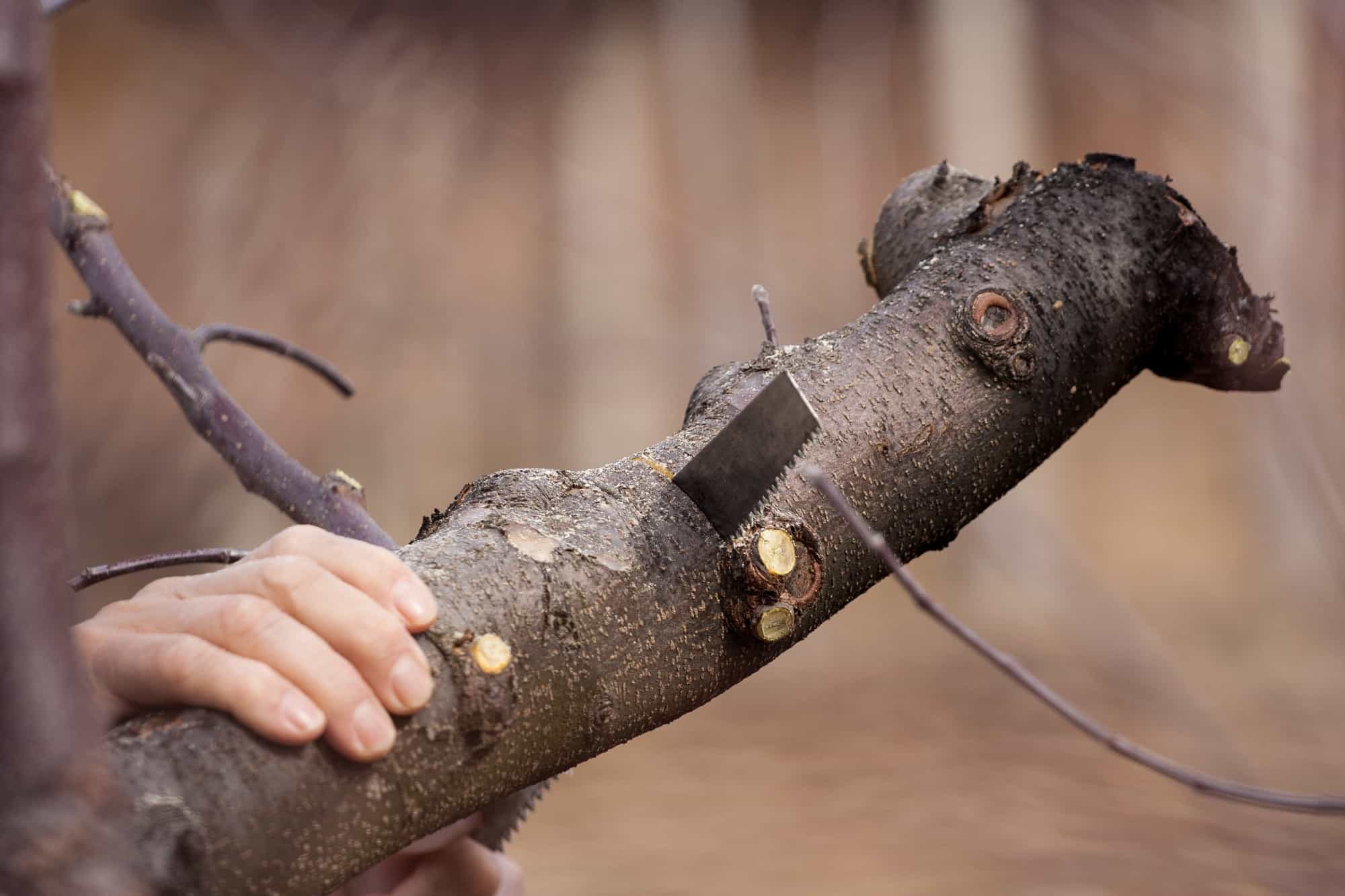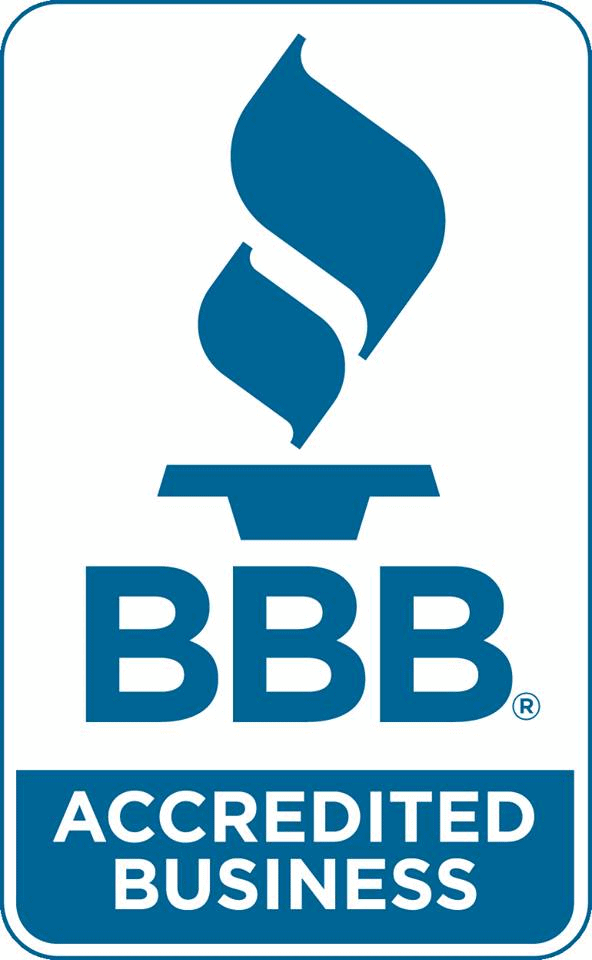9 Signs It’s Time to Remove a Tree From Your Property

9 Signs It’s Time to Remove a Tree From Your Property
Many tree varieties can live hundreds of years. Even trees with shorter lifespans can live close to a century.
So, taking down a tree that has been in place for decades can be a tough decision.
If you have an old tree or two in your yard, you probably appreciate their beauty and the coverage they provide your home.
Yet, if the trees show signs of distress, how do you decide it’s time to take them down?
The decision to remove a tree can be challenging. Interestingly, a tree often communicates issues that tell you it might be time. Read on to learn more about the right time to remove a tree from your yard.
1. No New Growth
One sign you have tree problems with one or more of your trees is looking at how the tree is growing. Each year a healthy tree should show signs of growth.
This might be new leaves sprouting. It might be branches growing and extending.
A tree showing no signs of new growth is not likely a healthy tree. Before a tree worsens and starts losing branches, it might be time to consider removing the tree.
If the tree is diseased and that’s what is causing it to stop growing, you run the risk of disease spreading to other trees around it if you don’t remove it.
2. Power Lines
Power lines and trees are two things that never go well together.
If you have a healthy tree growing near power lines, practicing good tree trimming is critical. This prevents the tree from growing into the power lines.
If a tree shows any signs of distress, like dead branches or broken branches, this can create havoc near power lines.
If part of the tree falls into power lines, you can lose power and potentially cause a fire.
It’s important to note a homeowner should never trim or cut a tree down near power lines. This should always be done by a professional.
3. Danger to You or Your Neighbors
There’s no quicker way to have neighborly disputes than when your tree causes damage to a neighbor’s property.
If you have a tree at or near a property line that is showing signs of distress, it needs to come down.
You can’t control which way the tree will fall and what it will cause damage to if it falls.
4. Large Dead Branches
Large dead branches pose a real risk for damage or injury. Tree removal should be considered for any tree with many dead branches.
A dead tree branch doesn’t have the strength to withstand strong wind or storms, meaning it could fall, causing damage.
Large dead branches also impact the integrity of a tree, meaning they could affect the whole tree’s ability to stay standing.
5. Trunk Rot
A tree with trunk rot is a warning sign the tree is not in good shape.
You might notice the tree’s base or even parts of the trunk showing signs of rot. A tree with rot can hold moisture and even have disease in the tree.
A tree with rot on the trunk can also grow new leaves. Don’t be fooled by new growth on a rotting tree. It is not healthy.
Sometimes, trees with rot in the trunk are also hollow. A hollow tree is at high risk of falling and should be taken down.
6. Leaning
A tree is not intended not to grow vertically. A healthy tree should grow upward towards the sun and light.
If a tree is leaning and not growing vertically, it’s a sign there’s an issue. It could be that the tree has a root issue and isn’t secured in the ground.
A leaning tree is also one more likely to fall in a storm or strong wind.
7. Disease
A diseased tree doesn’t automatically mean a dead tree, at least right away. A diseased tree, though, will likely succumb to disease if not treated.
Disease can weekend the integrity of the tree, either in the roots, branches, or trunk.
Disease in a tree can present itself in any number of ways. It can mean no new growth, dead branches, rot, or even spots on leaves.
An untreated tree with a disease can eventually lose branches, and you risk it falling.
It can also cause problems for other trees around it.
8. Sprouts at Tree Base
You might assume that any new growth is a good sign for a tree, right? This is not necessarily true.
When a tree grows new sprouts around the base, this can be a sign of trouble. This is not where a tree should be extending its growth.
If a tree starts growing sprouts around the base, it may have experienced some form of distress.
It could mean the tree is diseased. It could mean a tree is dead in other parts of the tree.
At a minimum, a tree growing this way should be evaluated. If the tree also has other warning signs from this list, it probably needs to come down.
9. Dead Branches on One Side
If you have a tree that has dead branches growing on one side of the tree, this can be a tree that’s in distress. It could have a root or trunk issue on that side of the three.
Typically, if a tree is dying on one side, it’s also at risk of falling on that side. It’s definitely smart to ask a tree expert about removing a tree with an abundance of dead branches.
Know When It’s Time to Remove a Tree
It might be sad to consider needing to remove a tree. Yet, if you have a tree with tell-tale signs of risk, it makes more sense to remove the tree than to wait for it to fall, causing potential damage or injury.
If you have a tree you’re worried about, let our experts come to evaluate it. Contact us today to set up a time for our arborist to help you decide on the best option for your at-risk tree.



You must be logged in to post a comment.